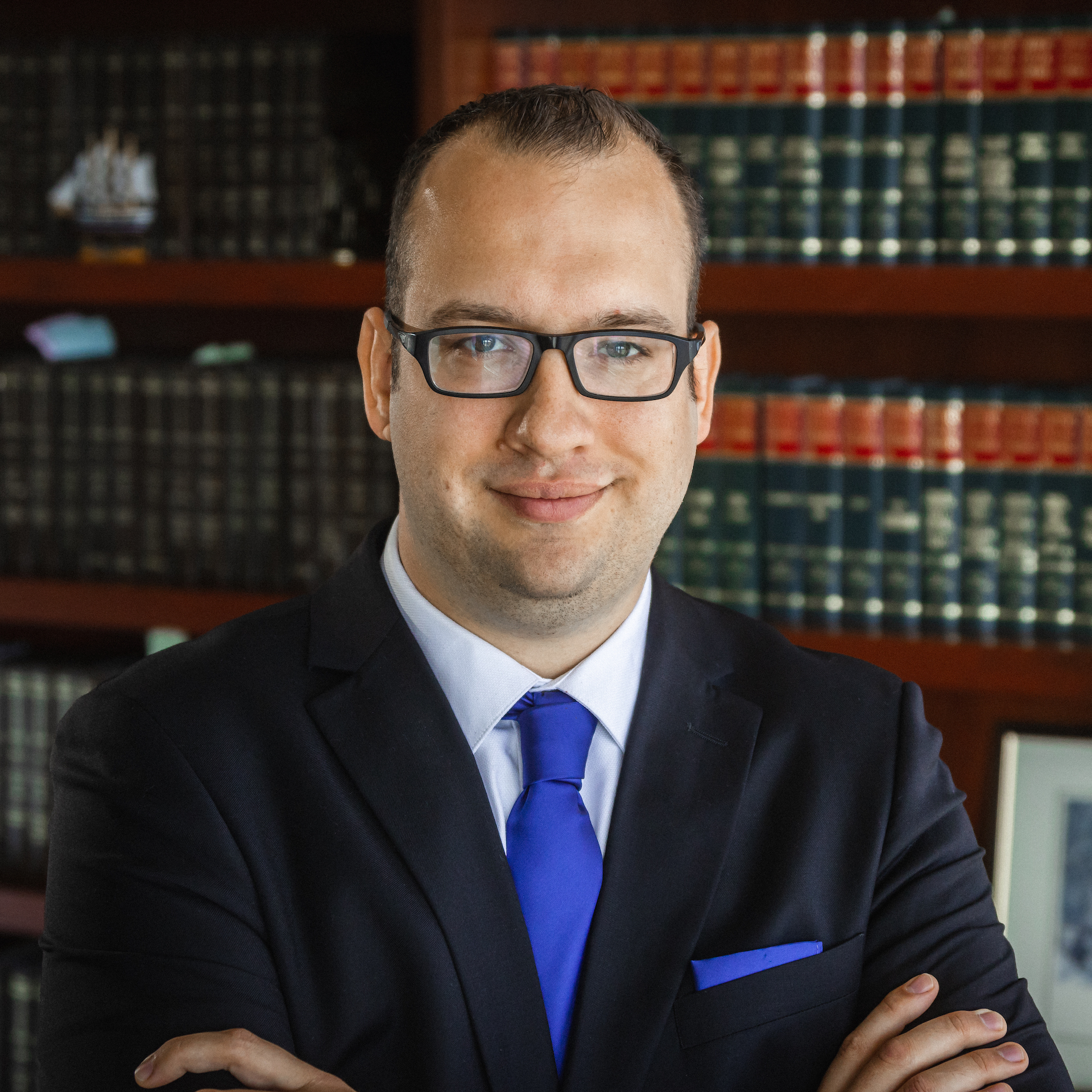With $1.3 trillion in student loans held by Americans across the country, there has been much discussion on whether Congress or the courts will be first to decide the future of higher education debt. While many people will pay off their student loans, others are stuck with unpayable balances and no means to discharge their debts. In some cases, student loan balances can grow above $200,000, accumulating more debt with capitalized interest and penalties.
People with large student loan balances and no means to pay off their debts would be wise to observe the case of Mark Tetzlaff, a 57-year-old former business and law school graduate with $260,000 in student loans. The legal battle between Tetzlaff and the Department of Education has been ongoing since 2012, surviving appeals and gathering media attention.
Despite possessing an MBA and Juris Doctor, Tetzlaff has remained unemployed since 2004. Tetzlaff has a criminal record and has failed the Florida bar exam twice, putting him in an awkward position as an aspiring attorney. With a criminal record, it has become difficult for Tetzlaff to secure any type of employment, causing his student loan balance to swell out of control.
Tetzlaff, who up until now has acted as his own attorney, appealed his case to the Supreme Court. If the Supreme Court takes on this case, it could change how courts discharge student loans.
Defining Undue Hardship: The Brunner Test vs. the Totality of Circumstances Test
The Supreme Court of the United States (SCOTUS) is the highest court in the country, and its ruling on this matter could become the law of the land. Presently, courts across the country remain divided on the definition of undue hardship, and thus, how student loans can be discharged in bankruptcy.
As the Sader Law Firm practices bankruptcy law in Kansas City on both the Missouri side and the Kansas side, it is important to note the differences between the two states and how they treat student loans.
In most areas of the country, including throughout Kansas state, courts use the Brunner test, or a modified version of it, to define undue hardship. Under the Brunner test, debtors prove undue hardship by proving they cannot maintain a minimal standard of living if forced to repay loans, have made a good faith effort to repay loans and that their unfortunate circumstances are unlikely to ever change.
The other way to approach student loans is from the Eighth Circuit Court of Appeals, which includes Missouri, which applies a “totality of circumstances” test. The court case of Conway v. National Collegiate Trust established a more comprehensive test to define undue hardship. Ms. Conway, a waitress who owed $118,579 to the National Collegiate Trust, was seeking a discharge on her loans.
The totality of circumstances test takes a lot more into account, such as the person’s past, present and future ability to repay his or her loans. This interpretation of an individual’s circumstances also ignores whether an attempt to repay the loans has been made. The totality of circumstances test is not only more comprehensive than the Brunner test, but far more lenient.
What does this mean for borrowers with mortgage-sized student loans? Mr. Tetzlaff has appealed his case to the Supreme Court and now has an experienced attorney. If the Supreme Court intervenes in this case, undue hardship could be given a universal definition. In the event the Supreme Court uses the totality of circumstances test from the Eight Circuit, it could provide borrowers with better odds of reducing or discharging their student loans in bankruptcy.
The Sader Law Firm – Kansas City Bankruptcy Attorneys
 Book an
Book an Email
Email Directions
Directions







